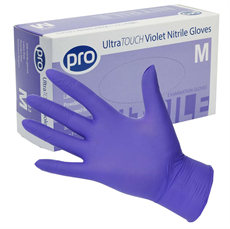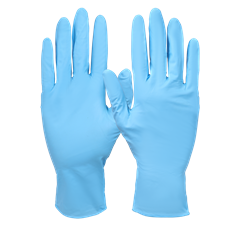Choosing the perfect nursing uniform is essential for comfort, functionality, and professionalism in the healthcare setting. Here are some tips to help you select the right nursing uniform:
- Check Workplace Dress Code:
- First and foremost, ensure you are aware of your workplace’s dress code policies. Some healthcare facilities have specific requirements for colors, styles, or types of uniforms.
- Comfort and Fit:
- Comfort is crucial for long shifts on your feet. Choose a uniform that fits well and allows ease of movement. Look for options with stretch or breathable fabrics.
- Consider your body type and choose a style that complements your shape. Different uniform styles are available, including V-neck, mock wrap, and drawstring pants, so find what suits you best.
- Fabric:
- Opt for fabrics that are durable, easy to clean, and resistant to stains. Many healthcare professionals prefer uniforms made from a blend of cotton and polyester.
- Some uniforms come with moisture-wicking and antimicrobial properties to keep you dry and reduce the risk of infections.
- Color:
- If your workplace allows for color choices, select colors that you feel comfortable and confident in. Different facilities may have specific color codes for different roles or departments.
- Consider whether lighter or darker colors are better suited to your workplace and personal preferences.
- Functionality:
- Think about the functional aspects of your uniform. Pockets are essential for carrying pens, scissors, and other tools. Some uniforms come with multiple pockets and even hidden pockets for added convenience.
- Look for uniforms with features like side slits, vents, or mesh panels to improve breathability and comfort.
- Durability:
- Nursing uniforms should be able to withstand frequent washing and exposure to various chemicals. Check for reinforced seams and high-quality stitching to ensure longevity.
- Ease of Maintenance:
- Consider how easy it is to clean and maintain your uniform. Choose fabrics that are machine washable and can be tumble-dried for convenience.
- Compliance with Infection Control:
- Ensure that your uniform meets infection control standards. This may involve selecting uniforms with antimicrobial properties or uniforms that can be easily disinfected.
- Personalization:
- Some healthcare professionals like to personalize their uniforms with embroidery or a name tag for identification. Check with your facility’s policies regarding personalization.
- Comfortable Footwear:
- Don’t forget about your footwear. Comfortable, supportive shoes are essential for nurses. Invest in high-quality nursing shoes designed to reduce fatigue and prevent foot problems.
- Layers:
- Depending on your work environment, consider layering options. Lab coats, warm-up jackets, and vests can provide additional warmth and functionality.
- Budget:
- Set a budget for your nursing uniform purchases. While quality uniforms can be an investment, there are options available at various price points.
- Personal Style:
- Finally, choose a nursing uniform that reflects your personal style while adhering to workplace guidelines. You can often find uniforms with various styles and subtle design elements to suit your preferences.
Remember that the perfect nursing uniform is not just about appearance but also about functionality and comfort. Prioritize your needs and preferences while ensuring you meet your workplace’s requirements and regulations.























